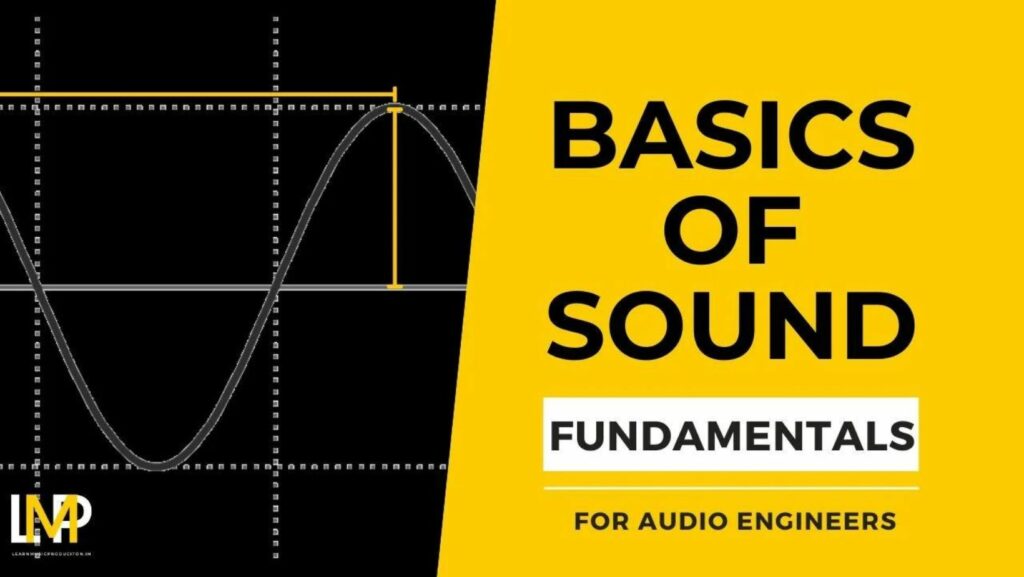When it comes to banjos, one of the first decisions players face is choosing between a 5-string and a 4-string banjo. These two types of banjos offer distinct playing styles, sounds, and uses. Whether you’re a beginner looking for the perfect instrument or an experienced musician exploring new styles, understanding the differences between 5-string and 4-string banjos is key to making the right choice. This guide covers the advantages, limitations, and ideal uses for each type to help you find the best fit for your musical interests.
Understanding the Basics: 5-String vs. 4-String Banjos
5-String Banjos
The 5-string banjo is the most common type and is known for its iconic sound in bluegrass and folk music. The strings are tuned to an open G (gDGBD), with the fifth string, a shorter “drone” string, positioned higher up the neck. This string setup allows players to use various picking techniques, producing a bright, resonant sound. Bluegrass banjo music often features complex fingerpicking patterns, known as “rolls,” that create the classic, rapid-fire sound associated with this genre.
4-String Banjos
4-string banjos come in two main varieties: the tenor and the plectrum banjo. The tenor banjo has a shorter neck, often with 17 or 19 frets, and is usually tuned in fifths (CGDA) like a viola or mandolin.

It’s particularly popular in traditional jazz and Irish folk music. The plectrum banjo, on the other hand, has a longer neck, typically with 22 frets, and is often tuned to an open G or C (like the top four strings of a guitar), making it a favorite for jazz and Dixieland players. Both types are typically played with a pick rather than fingerpicking, which gives them a bolder, louder tone.
Pros and Cons of 5-String Banjos
Pros
- Ideal for Bluegrass and Folk Music: The 5-string banjo is most popular in bluegrass and folk due to its versatile tuning and unique sound.
- Range of Playing Styles: This banjo can be played using techniques like clawhammer, three-finger picking, or frailing, making it versatile for different musical expressions.
- Easier for Beginners: The open G tuning simplifies chord shapes, allowing beginners to pick up melodies and basic songs more quickly.
Cons
- Less Suitable for Jazz or Dixieland: The tuning and style of the 5-string banjo don’t fit well with traditional jazz or Dixieland, where the 4-string is preferred.
- More Complex Fingerpicking Techniques: Learning complex bluegrass-style rolls can be challenging and requires dedicated practice.
Pros and Cons of 4-String Banjos
Pros
- Perfect for Jazz, Irish Folk, and Dixieland: The 4-string tenor and plectrum banjos are often tuned for jazz and folk, where they produce a bold, rhythmic sound.
- Easier to Learn for Guitar Players: With plectrum banjos, tuning is similar to the top four strings of a guitar, making it easier for guitar players to transition.
- Louder Sound for Ensemble Playing: The 4-string banjo’s pick-based style produces a sharp, cutting sound that stands out in ensemble settings.
Cons
- Limited in Bluegrass Music: The 4-string lacks the distinctive 5th drone string, making it less suitable for bluegrass styles.
- Not as Versatile in Playing Styles: Because 4-string banjos are typically played with a pick, fingerpicking techniques aren’t as common.
Choosing Based on Your Musical Interests
If you’re interested in bluegrass, folk, or Appalachian music, a 5-string banjo is likely your best choice. The 5-string’s open G tuning and unique drone string are integral to these styles, providing a rich, layered sound that fingerpicking techniques bring to life.
If your musical interests lean toward jazz, Dixieland, or traditional Irish folk, a 4-string banjo will fit more naturally. The tenor banjo’s shorter neck and tuning lend themselves well to the fast, syncopated rhythms found in jazz and Irish jig styles. The plectrum banjo is also a solid option for jazz and Dixieland, offering an alternative with a similar tuning to a guitar.
Tips for Trying Out Banjos for Sale
When deciding between a 5-string and a 4-string banjo, it’s helpful to try both types. Many music stores offer beginner banjos for each type, allowing you to test the feel, weight, and sound of each instrument.

Online videos and tutorials are also useful for understanding the differences in technique. Many players find that their choice depends on personal comfort and musical style, so it’s worth exploring before committing to a specific banjo.
Finding the Right Banjo for You
Choosing between a 5-string and 4-string banjo ultimately depends on your musical goals. Both types of banjos bring something unique to the table. The 5-string banjo is a fantastic choice for those drawn to bluegrass and folk, while the 4-string banjo shines in jazz and Irish folk music. By understanding the characteristics of each, you can make an informed choice and start your journey with the perfect banjo to match your musical passion.
Conclusion
Choosing the right banjo depends on your musical style. The 5-string banjo shines in bluegrass and folk with its distinctive drone string and fingerpicking options, while the 4-string banjo is ideal for jazz, Dixieland, and Irish folk, offering a bold, rhythmic sound. By exploring each type’s sound and feel, you’ll find the banjo that perfectly matches your musical ambitions and sets you on the path to playing with confidence and joy.



